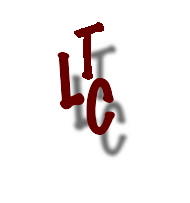The thoughtless image: Woolf, Rancière on photography
Résumé
Photography occupies a strange space in Woolf’s conceptual universe, uneasily suspended between thoughtlessness and creativity. It is often casually aligned with the brutal and sterile materialism of the Edwardian writers, with an aesthetic practice and thought that does not think, does not question, but simply reproduces existing moulds. In this sense, photography is akin in Woolf’s thought to that other, much-maligned visual form, the sketch or the scene, and both of them assimilated to the social and aesthetic conventions of Victorian painting (and life). Yet in other ways photography is the conduit for Woolf’s formal experimentations, from Jacob’s Room to Three Guineas, a medium and object for, if not thought, then certainly the murky process of creativity.
Woolf’s oscillations and hesitations on the question of photography offer a point of resistance to other conceptualisations of the medium, particularly to Rancière’s notion of the pensive image. For Rancière photography constitutes itself as art by moving between silence and speech, between the obstinacy of objects and their inscriptions as hieroglyphs of history; it is a medium marked by indeterminacy, and in which the very operations of philosophical thought are subject to interrogation.The question Woolf appears to open up is how thoughtlessness, the absence of thought can be generating an aesthetic object, how the absence of thought can become transformed into some thing. In this way, she seems to offer an understanding of photography that does not eradicate its thoughtlessness, as evidenced in Jacob's Room, but turns it into a productive absence, the condition for creative work, as in Orlando.
Mots-clés

